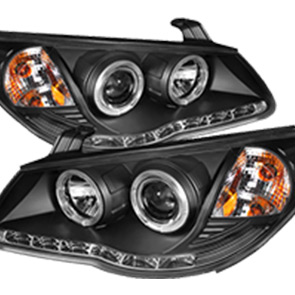throttle body cable
Understanding Throttle Body Cables The Heart of Engine Control
In the intricate world of automotive engineering, the throttle body cable plays a pivotal role in precision vehicle performance. It is a crucial component that connects the accelerator pedal to the throttle body, allowing drivers to control the engine's power output effectively. This article will delve into the workings, significance, and some common issues associated with throttle body cables.
What Is a Throttle Body Cable?
A throttle body cable, sometimes referred to as a throttle control cable, is a mechanical linkage made from a flexible steel wire. It routes from the accelerator pedal to the throttle body, which is part of the engine's air intake system. When the driver presses the accelerator pedal, the cable pulls on a lever on the throttle body, opening it to allow air into the engine. This surge of air mixes with fuel, enabling combustion and ultimately providing the vehicle with the necessary power to move.
In modern vehicles, most throttle systems have transitioned to electronic throttle control (ETC), often called drive-by-wire systems. These systems replace mechanical cables with electronic sensors and motors. However, many older models still utilize throttle body cables, making it essential for enthusiasts and mechanics to understand their function and maintenance.
Importance of the Throttle Body Cable
The throttle body cable is essential for several reasons
1. Response Time A well-functioning throttle body cable ensures immediate response when the accelerator pedal is pressed. This responsiveness is crucial for safe driving, particularly in situations requiring quick acceleration like merging onto highways or overtaking.
2. Engine Performance The throttle body regulates the amount of air entering the engine, which directly affects fuel efficiency and power output. A malfunctioning cable can lead to sluggish acceleration or poor engine performance, hampering the overall driving experience.
3. Driver Feedback The throttle body cable provides tactile feedback to the driver. The resistance felt when pressing the accelerator pedal gives an intuitive sense of power that builds with increased pressure.
Common Issues with Throttle Body Cables
Despite their robustness, throttle body cables can suffer from various issues over time. Understanding these potential problems allows for timely maintenance and replacement, ensuring vehicle safety and performance.
throttle body cable

1. Wear and Tear Over time, the cable may fray or break due to continuous use. This damage could result in an unresponsive accelerator, posing serious safety risks.
2. Binding or Sticking Sometimes, the cable can become bound or sticky, leading to unexpected acceleration or failure to return to its idle position. This issue often arises from dirt, corrosion, or insufficient lubrication in the cable assembly.
3. Adjustment Needs In some cases, the throttle body cable may require periodic adjustments to ensure it maintains the correct tension. Improper adjustments can lead to sluggish throttle response or erratic engine behavior.
4. Environmental Factors Factors such as temperature fluctuations and exposure to elements can cause the cable's materials to deteriorate more quickly. For instance, rubber components may crack in extreme cold, while heat can alter metal parts, affecting their integrity and function.
Maintenance and Care
Regular inspection and maintenance of the throttle body cable can prevent many of the common issues discussed above. Here are some tips for keeping the throttle body cable in optimal condition
1. Routine Checks Periodically inspect the cable for signs of wear, fraying, or any physical damage. Addressing these issues early can prevent more severe complications down the line.
2. Lubrication Apply a suitable lubricant to ensure smooth operation of the cable. Regular lubrication helps prevent binding and prolongs the cable's lifespan.
3. Proper Storage If the vehicle is not used for extended periods, take care to store it in a climate-controlled environment to prevent environmental damage to the cable and other components.
4. Professional Inspection During routine maintenance or servicing, ask a professional mechanic to evaluate the throttle body cable's condition, especially in older vehicles that still use mechanical systems.
Conclusion
The throttle body cable may seem like a simple component, but it plays an integral role in the safe and efficient operation of a vehicle. Understanding its importance, potential issues, and maintenance needs can help drivers achieve optimal performance and enhance their driving experience. Whether you’re a car enthusiast or just a casual driver, being informed about your vehicle's throttle body cable is a step towards responsible vehicle ownership.
-
Workings of Clutch Pipe and Hose SystemsNewsJun.04,2025
-
The Inner Workings of Hand Brake Cable SystemsNewsJun.04,2025
-
The Secrets of Throttle and Accelerator CablesNewsJun.04,2025
-
The Hidden Lifeline of Your Transmission Gear Shift CablesNewsJun.04,2025
-
Demystifying Gear Cables and Shift LinkagesNewsJun.04,2025
-
Decoding Clutch Line Systems A Comprehensive GuideNewsJun.04,2025
